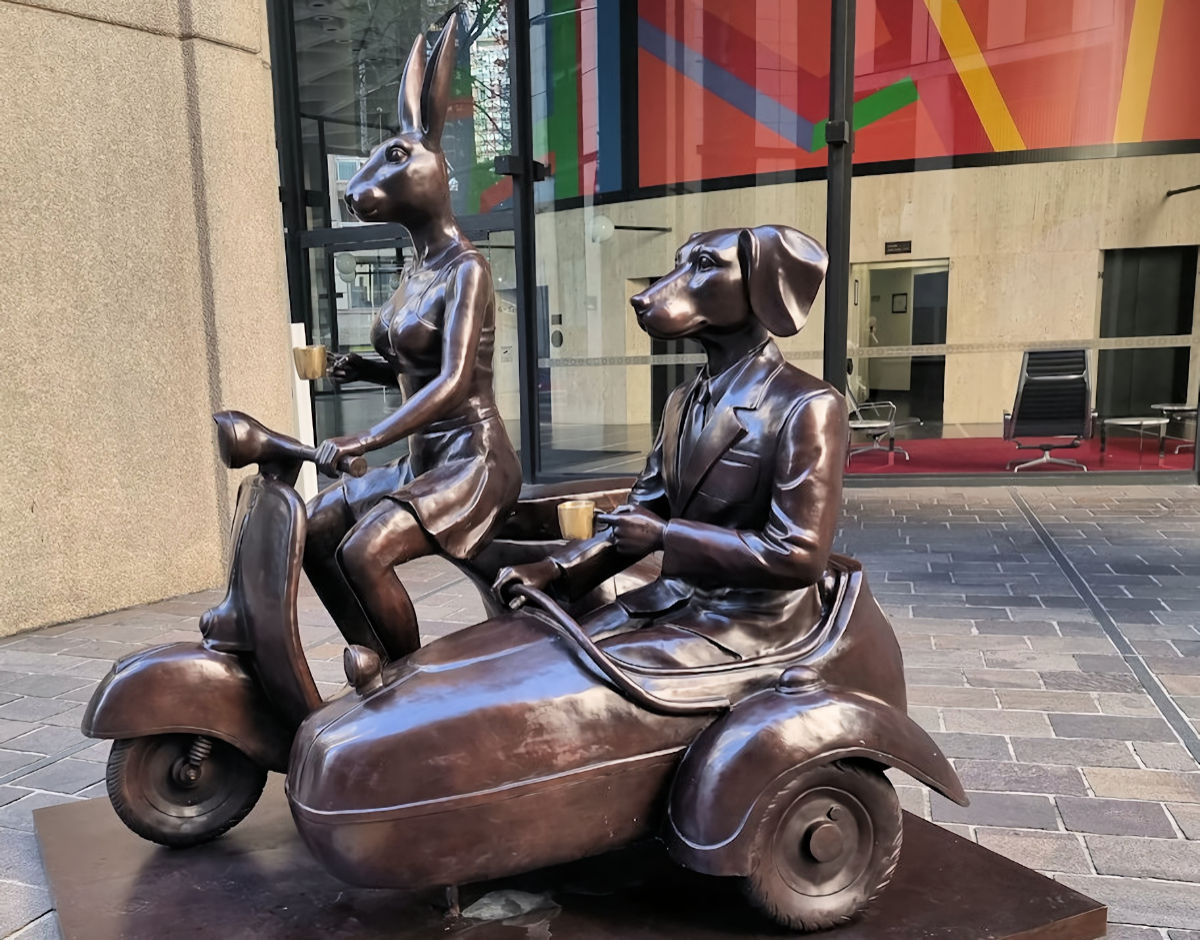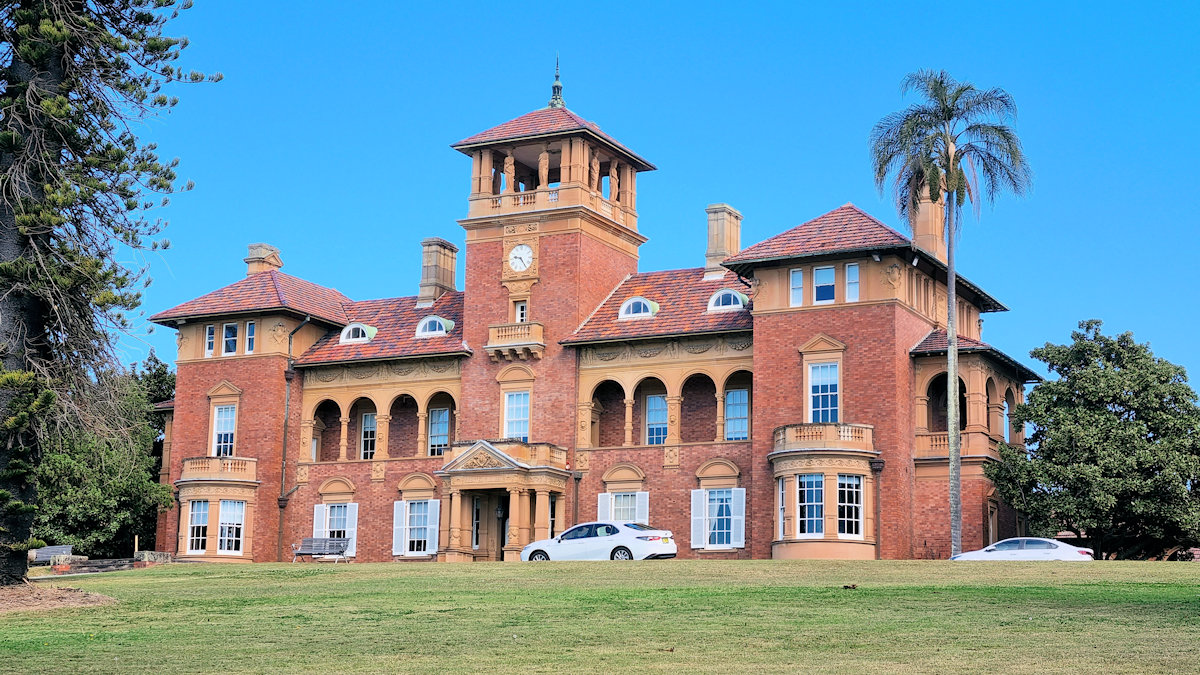Tag: Sculpture
-
Rabbitwoman and Dogman George Street

Rabbitwoman and Dogman on a Vespa George Street Currently located at 264 George Street Sydney (September 2023), this Gillie and Marc bronze sculpture of Rabbitwoman and Dogman is titled “Together they were a golden couple”. The artists description on the statue is “Rabbitwoman takes the lead on the bike while Dogman gets cosy in the… Read more
-
Carradah Park Sydney Australia

Carradah Park Sydney Australia History of the Site The BP refinery at Carradah Park in Waverton has a rich history that dates back several decades. Here is a brief overview of its historical significance: The refinery was established in 1926 by the Anglo-Persian Oil Company, which later became British Petroleum (BP). Its location in Waverton,… Read more
-
Rivendell School Sydney Australia

Rivendell School Sydney Australia History Opened on 21st September 1893 what is now Rivendell School was originally the Thomas Walker Convalescent Hospital. Built from money from Walker’s will, the hospital treated over 70,000 patients convalesced at the hospital, including servicemen from the 1914-18 and 1939-45 World Wars. In 1977, the hospital was transformed into a… Read more